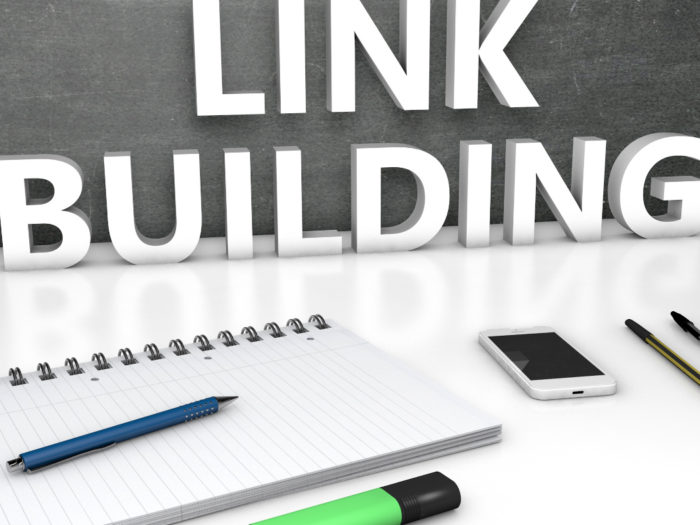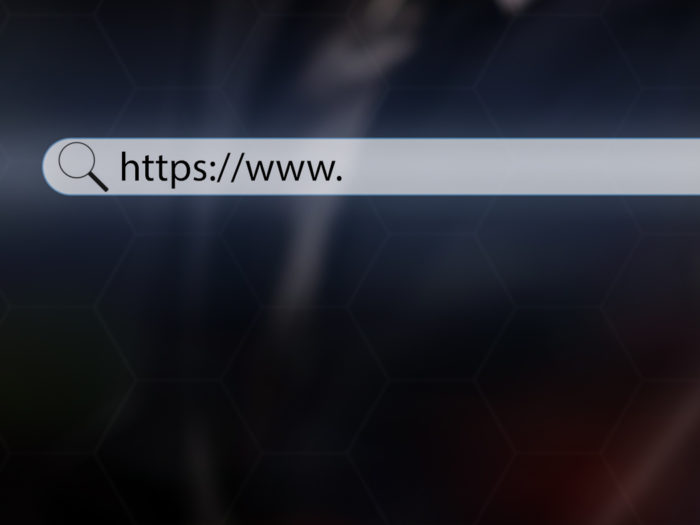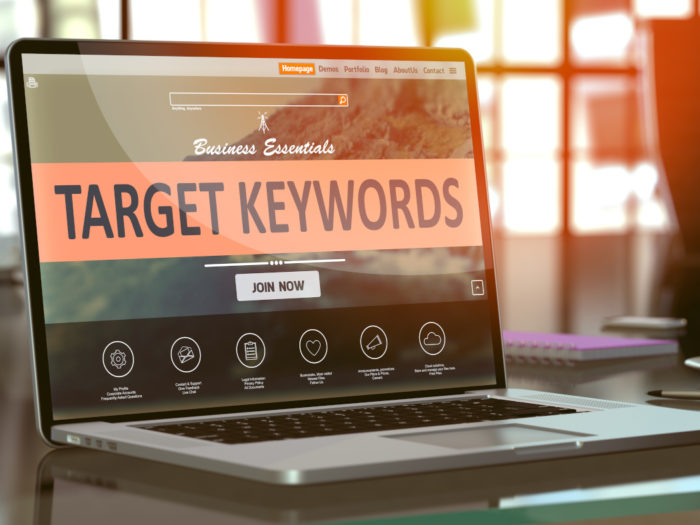In many SEO strategies, little attention is paid to informational content, which can take the form of a blog, a guide or a magazine. Below, we will explain the strategic possibilities and the positive side effects that can be achieved with such content. The primary emphasis will be on utilizing informational content as a key tactic in the link building strategy. In this article, we will talk about the following topics:
- AIDA model
- Building authority
- Avoiding “fingerprints”
- Branding
The AIDA Model
The AIDA model describes the advertising impact of marketing in four different phases. It also describes the states in which a potential customer may find themselves.
- Attention In this early phase, the customer is still “searching” and does not yet know exactly what they need. They are aware of their problem but have not yet found the perfect product or company to solve it. This is where websites try to attract the customer’s attention.
- Interest The shop or product has already awakened the customer’s interest. It is now important to use this interest to get them excited about the products and get them in the mood to buy.
- Desire In this phase, the customer’s interest turns into a desire to own the product.
- Action Now comes the call to action, which encourages the customer to buy.
We use this model here because most SEOs and website operators focus primarily on the last two phases of the AIDA model. They mainly optimize for transactional keywords where the purchase intention is already clear. However, in addition, we should aim to expand our reach by providing valuable content during the initial phase of information gathering (attention). Particularly for websites that have exhausted all transactional keywords, focusing on keywords higher up the AIDA model can lead to potential success. This is a chance for smaller websites to compete against more established ones in highly competitive keyword rankings.
Building Authority
But it can also make sense to create detailed informational content for other reasons. In fact, if your site covers a topic in full, answering all the questions that concern potential customers, you be recognized by Google as an authority in this area. Such a status makes it easier to rank well for transactional keywords.
Avoiding “Fingerprints”
In SEO, a “fingerprint” describes a particularly conspicuous link pattern found on a website. This usually refers to specific landing pages that have an exceptionally large number of links compared to other pages on the site – a unique fingerprint, if you will. Link patterns like this can form rapidly, as each shop has its own highly competitive and high-conversion pages that it prioritizes for link building. However, you run the risk of being penalized by Google if you overdo it – some sort of conflict of interest! This can be solved with “indirect link marketing” via the guide. To do this, proceed as follows:
- Choose a main landing page that you want to strengthen without running the risk of being penalized by Google.
- Create 4-5 articles in your guide that address the subject of the landing page you want to strengthen.
- Create a link from the guide articles to the landing page in order to boost its visibility and relevance. This link will help redirect traffic and improve the overall ranking of your selected page. Use the main keyword of the targeted page as the anchor text for maximum impact.
Going forward, in addition to placing links on your main page to increase its strength, it is also important to include them in your guide articles. This helps transfer link power to your main transactional landing page through internal linking. By doing this, you can build multiple links without creating a noticeable “fingerprint” in your link profile. If you want to increase the number of links even more, consider creating more guides and including additional links within them. This strategy prevents any single page from having an overwhelming amount of links and maintains a natural-looking link profile.
The Branding Effect
Finally, informational content also has a very strong branding effect. Potential customers looking for the right partner or the right product will be attracted by your quality content. From this, several positive things can happen.
- They bookmark your page for later reference in case they have more questions about this topic in the future.
- They remember your brand name and search for it consequently.
- Or they convert directly by making a purchase on your site.
These are all successful outcome that have a positive impact on both your sales and your brand. Furthermore, it sends a positive message to Google, leading to advantages in your search engine ranking.
Summary:
A guide can fulfil many positive purposes and should be part of every well-maintained website:
- Potential buyers are already being reached during the information phase
- Increases reach
- Builds authority
- Offers a branding effect
- Indirect link marketing avoids “fingerprint”




